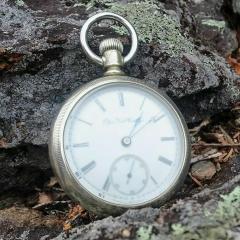Selecting components to assemble a balance complete
-
Recently Browsing
- No registered users viewing this page.
-
Topics
-
Posts
-
Used with the correct fitting staking punch it will remove the roller.
-
By BFernandes · Posted
Thanks for the input! It's definitely interesting to see if this fits. When I bought it, the ad states that it's compatible with the following movements: Unitas 510, Unitas 520, Unitas 630, Unitas 6310, Unitas 6310 Inca, Unitas 6365 Inca, Unitas 6470 Inca So, is it posible for this balance complete to work in both shock protected and non-sp movements? -
My new to me staking set has this item can anyone tell me what it is used for? The staking set is an MKS
-
By watchweasol · Posted
Hi @Michael20 I think you can get them off eBay. I use the spare ones fron ink cartridge refills, the ends are square cut but will file easy enough. @RichardHarris123 the greaseproof paper trick I believe was to remove marks using a warm not hot iron problem being not melting the veneer glue which is animal based.
-








Recommended Posts
Join the conversation
You can post now and register later. If you have an account, sign in now to post with your account.
Note: Your post will require moderator approval before it will be visible.